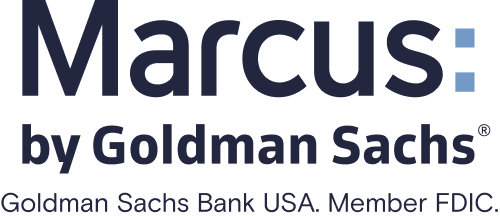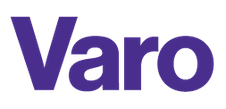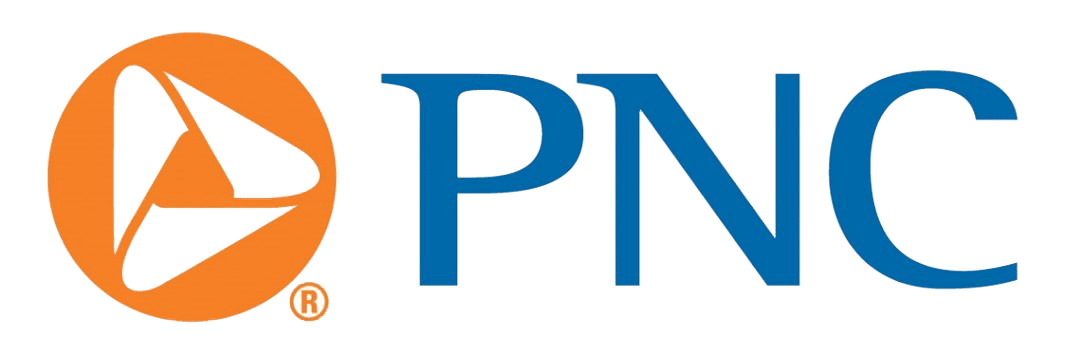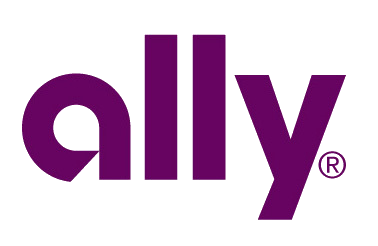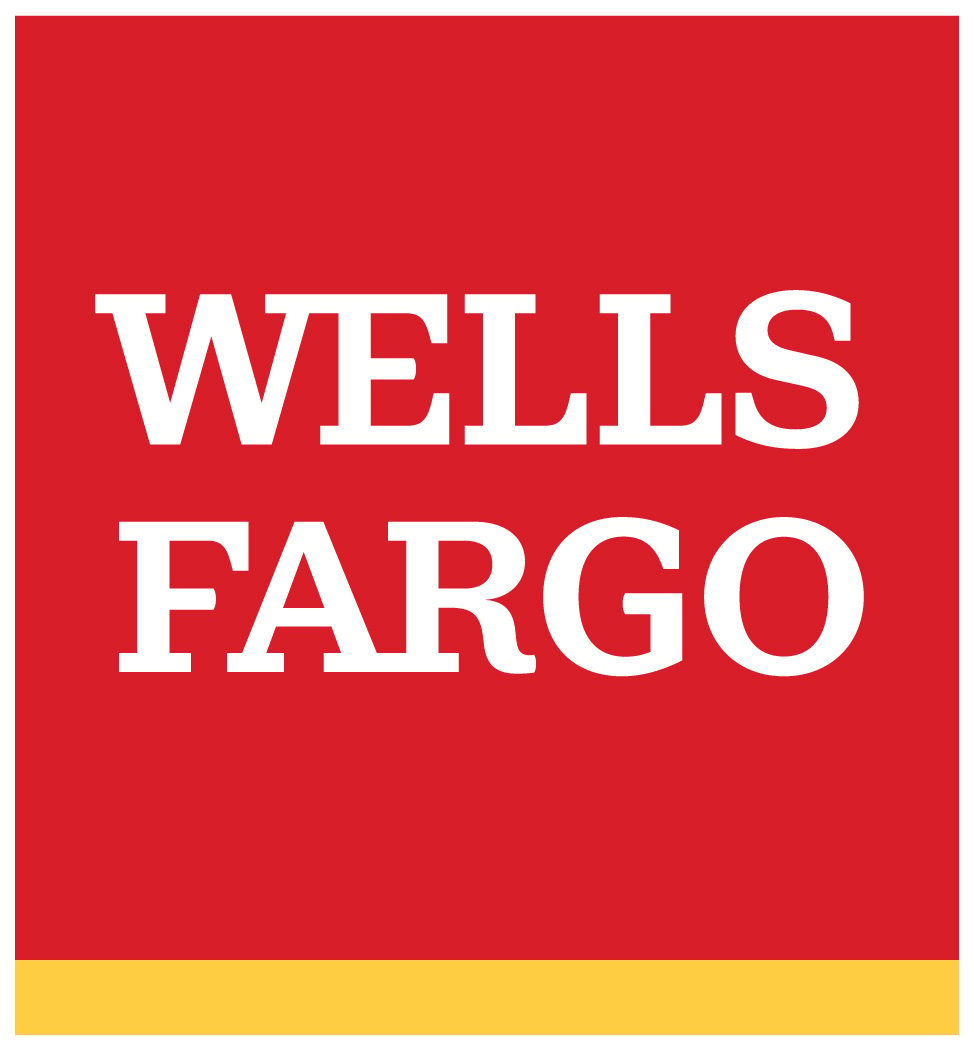8 Best Bank Accounts for College Students
The best bank accounts for college students have easy opening requirements, low or no fees and high interest rates.
+ 1 more
Many or all of the products on this page are from partners who compensate us when you click to or take an action on their website, but this does not influence our evaluations or ratings. Our opinions are our own.
A bank account can help college students manage money and build good financial habits. The best bank accounts for college students don’t charge monthly fees or require direct deposit, and they have forgiving overdraft policies and well-rated mobile banking apps, and offer multiple customer support options.
Note that college students under 18 typically need an adult to be a joint account owner.
Nerdy Tip
The White House has announced plans to eliminate so-called junk fees on college-sponsored bank accounts. Read more about these fees and President Biden's plans.
Why trust NerdWallet: Our writers and editors follow strict editorial guidelines to ensure fairness and accuracy in our coverage to help you choose the financial accounts that work best for you. See our criteria for evaluating banks and credit unions.
Summary of the best bank accounts for college students
PNC Virtual Wallet Student
Discover® Cashback Debit
Alliant Credit Union High-Rate Checking
Ally Bank Spending Account
Varo Bank Account
Alliant Credit Union Ultimate Opportunity Savings Account
Marcus by Goldman Sachs Online Savings Account
Wells Fargo Everyday Checking
Best Bank Accounts for College Students
| Bank/institution | NerdWallet rating | Monthly fee | APY | Learn more |
|---|---|---|---|---|
5.0/5 | $0 | N/A | Learn moreon partner's site at Discover® Bank, Member FDIC | |
Alliant Credit Union High-Rate Checking Learn moreon partner's site at Alliant Credit Union, Federally insured by NCUA | 4.8/5 | $0 | 0.25% With $0 min. balance for APY | Learn moreon partner's site at Alliant Credit Union, Federally insured by NCUA |
Marcus by Goldman Sachs Online Savings Account Learn moreon partner's site at Goldman Sachs Bank USA, Member FDIC | 4.5/5 | $0 | 3.65% With $0 min. balance for APY | Learn moreon partner's site at Goldman Sachs Bank USA, Member FDIC |
4.5/5 | $0 | N/A | Learn moreon partner's site at Varo Bank, Member FDIC | |
4.4/5 | $0 | 3.10% With $100 min. balance for APY | ||
4.5/5 | $0 | N/A | ||
4.8/5 | $0 | 0.10% With $0 min. balance for APY | ||
4.1/5 | $10.00 Visit the offer webpage for ways to avoid the monthly service fee | N/A |
APY
N/A
Bonus
$360
Up to $360 per year. See website for details.
Monthly fee
$0
Overdraft star rating
5.0/5
Our Take
Pros: - Customer support is available through X (Twitter) and 24/7 by phone. - 1% cash back on up to $3,000 in debit card purchases each month (see the Discover® Bank website for details). - No fee for replacement debit cards. - Free overdraft protection transfers.
Cons: - No branches. - Cash deposits are not accepted.
This account stands out thanks to its cash-back offering on debit card purchases. On top of that, the account is free and so are overdraft protection transfers. Both features are helpful if you’re starting to manage money.
No minimum deposit is required to open an account, and no minimum balance is required.
APY
0.25%
With $0 min. balance for APY
Bonus
N/A
Monthly fee
$0
Overdraft star rating
5.0/5
Our Take
Pros: - Massive ATM network of more than 80,000 fee-free machines. - Up to $20 in monthly rebates for ATM fees. - 0.25% annual percentage yield or APY with no minimum balance requirement. - No overdraft fees. - No monthly fees.
Cons: - Monthly electronic deposit is required to earn interest.
Alliant offers a checking account that makes it easy to get cash from an ATM: In addition to free access to more than 80,000 ATMs, account holders also get up to $20 in ATM fees reimbursed monthly. Plus, the account pays monthly dividends (the credit union equivalent to interest at a bank) as long as you sign up for electronic statements and have at least one electronic deposit (such as external transfers, a direct deposit or ATM deposit, or mobile deposits made using the credit union’s well-rated mobile app) each month.
Alliant’s overdraft policies are some of the best — it doesn’t charge any fees for overdrafts or overdraft protection transfers. You can opt into free overdraft protection to have transfers made from a linked account to cover transactions that would otherwise cause your balance to become negative. Without opting in to overdraft protection, transactions that would overdraw your account will be declined. Either way, you won’t be charged an overdraft fee.
APY
3.65%
With $0 min. balance for APY
Bonus
N/A
Our Take
Pros: - Competitive interest rate. - Customer support through X (Twitter) and 24/7 by phone and online chat. - Fewer ways to access funds, which may help you stick to a goal.
Cons: - Must be 18 to have an account, even as a joint owner. - No branches. - Cash deposits are not accepted. - No checking account or ATM network.
The Online Savings Account from Marcus by Goldman Sachs is online-only and doesn't offer an ATM card, which means it can be harder to access your cash — that can be a good thing when you're sticking to a budget and trying to build funds toward a goal.
It offers a competitive interest rate and doesn't charge a monthly fee. There's also no minimum deposit requirement.
Customer support is available 24/7 by phone or online chat, so you can get help whenever needed. The bank's highly rated mobile app also offers access to customer support.
It isn't easy to overdraft the account because the bank won't allow withdrawals or transactions if there aren't enough funds to cover them. However, if your account does become overdrawn (if you used the account to pay for a monthly subscription bill online, for example, but there weren't enough funds), you're responsible for the overdrawn amount. Marcus may close your account if your balance remains $0 or lower.
APY
N/A
Bonus
N/A
Monthly fee
$0
Overdraft star rating
5.0/5
Our Take
Pros: - No foreign transaction fees. - Some debit card purchases earn cash back.
Cons: - No branches. - It can cost up to $5.95 to deposit cash (though deposits at most CVS locations are fee-free). - Joint accounts are not available; must be at least 18 to open an account.
The Varo Bank Account doesn’t charge a monthly fee or have a minimum balance requirement. If you’re studying or traveling abroad, you can use your Varo debit card without having to pay a foreign transaction fee. Debit card purchases at select brands earn up to 6% cash back. Stateside, you have access to tens of thousands of ATMs as part of the Allpoint network, including machines at retailers such as Target and Walgreens.
Varo’s overdraft policy is to decline or return transactions if you don’t have enough money in your account to cover the charge. If your balance does become negative, you won’t be charged an overdraft fee.
APY
3.10%
With $100 min. balance for APY
Bonus
$100
Requirements to qualify
Our Take
Pros: - Decent savings APY. - Subaccounts for goal-based saving. - Customer support is available through X (Twitter) and 24/7 by phone. - No age requirement to open an account (must have a parent or legal guardian as the joint account holder).
Cons: - No branches.
Alliant’s Ultimate Opportunity account pays 3.10% APY, and you can start earning interest on balances of at least $100.
If you’re saving up for a significant expense like spring break or summer travel, it’s easy to create supplemental savings accounts that you can name for each specific goal. The account comes with an ATM card that you can use fee-free at more than 80,000 ATMs, including those in the Allpoint and Co-Op networks.
You must opt in to receive electronic statements to avoid the monthly fee, maintain a minimum monthly balance of $5 to keep the account open, and have an average daily balance of at least $100 to earn interest.
APY
N/A
Bonus
N/A
Monthly fee
$0
Overdraft star rating
Not yet rated
Our Take
Pros: - Numerous tools for budgeting and avoiding overdrafts. - 24-hour grace period for overdrafts. - Free ATM network includes machines at convenience stores such as Wawa and 7-Eleven. - No monthly fees or minimum deposits for the first six years. - Can be as young as 16 to apply for an account (requires a co-applicant who’s at least 18).
Cons: - $36 overdraft fee can be charged daily. - Branches not available in all states.
PNC Virtual Wallet Student is a combined checking and savings account. The account is free for the first six years for active students and you can access all the tools on PNC's highly rated mobile apps.
Its tools can be helpful for developing financially healthy habits. Low Cash Mode helps you avoid overspending and getting hit with overdraft fees. Extra Time gives you at least 24 hours to bring your Spend balance out of the red. Payment Control lets you choose whether to pay or return certain checks and ACH transactions if your Spend balance is negative. Intelligent Alerts let you know when your Spend balance drops below a threshold you choose.
» Important to know: The basics about overdraft fees
APY
N/A
Bonus
$325
Requirements to qualify
Monthly fee
$10.00
Visit the offer webpage for ways to avoid the monthly service fee
Overdraft star rating
4.0/5
Our Take
Pros: - Thousands of branches across the country. - Everyday Checking account is free for account holders 17-24 or with a linked Campus ATM or debit card. - Customer support is available on X (Twitter) and 24/7 by phone.
Cons: - If you opt in to overdraft protection, the expensive overdraft fee can be charged up to three times per day.
If you’re unlikely to overdraft and prefer doing bank tasks in person (but also want to bank online), consider Wells Fargo. It offers about 4,400 branches across the country and has a highly rated mobile app. In addition, the bank’s Everyday Checking doesn’t charge a monthly fee for account holders 17-24 years old or with a Wells Fargo Campus ATM or debit card linked to the account.
That said, the bank’s overdraft fee is a steep $35 per transaction over $5 and can be charged up to three times a day (that’s $105 a day). However, overdraft protection transfers are free.
Our pick for
Overdraft-friendly Bank
APY
0.10%
With $0 min. balance for APY
Bonus
N/A
Monthly fee
$0
Overdraft star rating
5.0/5
Our Take
Pros: - No overdraft fees and up to $250 in temporary coverage for overspending. - No fees or minimum balance requirements. - Get reimbursed for up to $10 in ATM fees each statement cycle. - Customer support is available through X (Twitter) and 24/7 by phone.
Cons: - No branches. - No cash deposits are accepted.
Ally’s checking account pays interest on any positive balance. In addition, it features one of the best overdraft coverage policies available: The bank doesn’t charge any overdraft fees and offers up to $250 in temporary coverage if you overspend. You can also set up overdraft transfers from a linked Ally account for free.
The account is free and the bank offers access to ATMs in the expansive Allpoint network (you can use the mobile app to find ATMs near you), plus, it reimburses up to $10 for out-of-network ATM fees each month. These features can make it easier to manage your money and help you maintain a positive balance.
Last updated on March 21, 2024
Methodology
Methodology for the Best Bank Accounts for College Students
To determine the best bank accounts for college students, we took a close look at accounts that are specifically designed for students as well as accounts with features and benefits that are helpful to students but not specifically designed for them. We compared the accounts based on monthly fees and requirements, overdraft policies, ATM network size, number of branches, mobile and online banking capabilities and customer support options.
Financial institutions and providers surveyed are: Affirm, Alliant Credit Union, Ally Bank, Amalgamated Bank, America First Credit Union, American Express National Bank, Axos Bank, Bank of America, Bank of the West, Bank5 Connect, Bank7, Barclays, BB&T (now Truist), BMO, Boeing Employees Credit Union, Bread Savings®, BrioDirect, Capital One, Charles Schwab Bank, Chase, Chime, CIBC U.S., CIT Bank, Citibank, Citizens Access, Citizens Bank, City First Bank, ConnectOne Bank, Connexus Credit Union, Consumers Credit Union, Current, Discover Bank, E-Trade, Fifth Third Bank, First Foundation, First Republic Bank, First Tech Federal Credit Union, FNBO Direct, Global Credit Union, GO2bank, Golden 1 Credit Union, Hope Credit Union, HSBC Bank, Huntington Bank, Industrial Bank, KeyBank, Lake Michigan Credit Union, LendingClub Bank, Live Oak Bank, M&T Bank, Marcus by Goldman Sachs, Monifi, Navy Federal Credit Union, NBKC, One, OneUnited Bank, Pentagon Federal Credit Union, PNC, Popular Direct, PurePoint Financial, Quontic Bank, Redneck Bank, Regions Bank, Revolut, Salem Five Direct, Sallie Mae Bank, Santander Bank, Scarlet, SchoolsFirst Federal Credit Union, Security Service Federal Credit Union, Service Credit Union, SoFi, State Employees’ Credit Union of North Carolina, Suncoast Credit Union, SunTrust Bank (now Truist), Synchrony Bank, TAB Bank, TD Bank, TIAA Bank, Truist Bank, U.S. Bank, UFB Direct, Union Bank, Upgrade, USAA Bank, Varo, Vio Bank, Wells Fargo and Zynlo Bank.
NerdWallet's Best Bank Accounts for College Students
- Varo Bank Account
- PNC Virtual Wallet Student
- Alliant Credit Union High-Rate Checking
- Ally Bank Spending Account: Best for Overdraft-friendly Bank
- Alliant Credit Union Ultimate Opportunity Savings Account
- Marcus by Goldman Sachs Online Savings Account
- Wells Fargo Everyday Checking Account
- Discover® Cashback Debit
Frequently asked questions
What is the best bank for college students?
The best bank for college students offers accounts with no fees and low or no minimum balance requirements. For young adults beginning to manage their money, other useful bank features include a forgiving overdraft policy, easy access to customer support and fee-free ATMs.
» Learn more about how to choose a college bank account
What happens to a college bank account after graduation?
Some banks transition college bank accounts into regular accounts once the account holder graduates. Other banks might let graduates keep their existing accounts but start charging a monthly fee after the account holder loses their student status.
» MORE: Learn how to choose a bank after college


